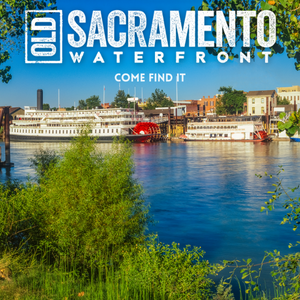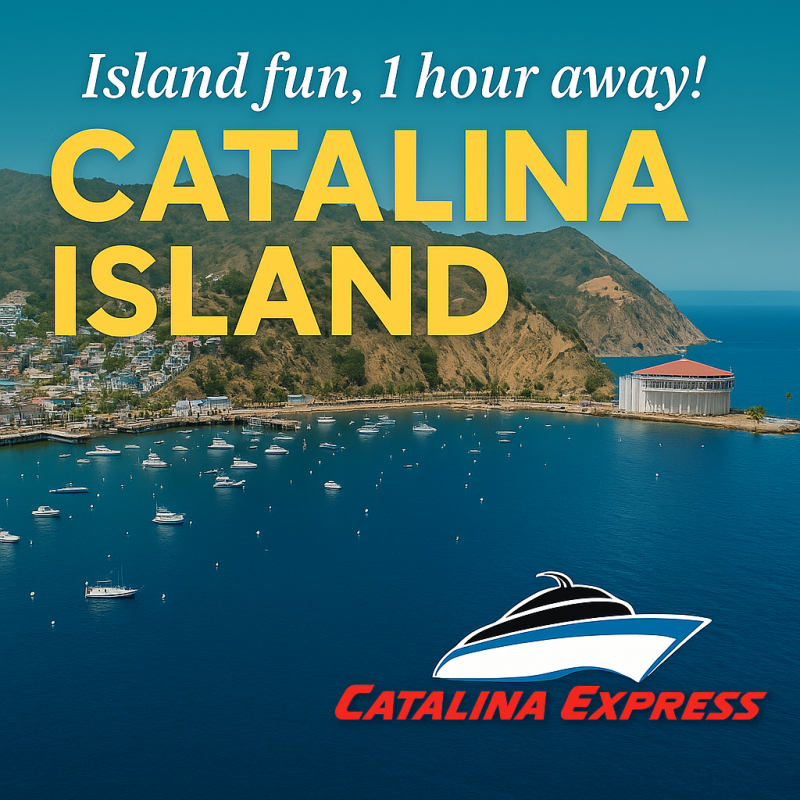Written By Mauricio Segura // Photo: Golden Bay Times Graphics Dept.

There’s a stretch of African coastline so stark and surreal it looks more like a NASA outpost than a travel destination. The Skeleton Coast of Namibia is a place where the world feels unfinished, where endless dunes crash into the Atlantic and fog rolls in like breath from another planet. It’s wild, treacherous, eerily beautiful, and it doesn’t care who you are. This is nature at its most unapologetic.
The name “Skeleton Coast” isn’t poetic exaggeration. It’s literal. For centuries, sailors called it “The Land God Made in Anger” after watching countless ships vanish into its mist. The cold Benguela Current collides with the desert winds to create unpredictable seas and thick fog that can blind even the most seasoned navigator. When ships wrecked, and hundreds did, survivors often found themselves marooned between a merciless ocean and a waterless desert. The bones of whales, seals, and unlucky mariners scattered across the sand gave the coastline its macabre nickname. Today, those skeletal remains share space with rusted ship carcasses that lie stranded like metallic fossils, including the famous Eduard Bohlen, whose hull now sits eerily half-buried nearly a quarter mile inland.
It sounds like a wasteland, but life here thrives in defiance. The Skeleton Coast National Park, a protected region covering over sixteen thousand square kilometers, is home to creatures that have learned to adapt to the impossible. Fog that drifts from the Atlantic becomes their lifeline, tiny droplets of moisture feed the desert’s fragile web of life. Desert-adapted elephants, lions, giraffes, and oryx traverse dry riverbeds in search of ghostly green patches of grass that somehow exist. At Cape Cross, hundreds of thousands of seals fill the beaches with sound and stench, a living counterpoint to the silence of the dunes behind them. Even the predators here have learned to live differently; the famed desert lions of Namibia have adapted to go days without water, surviving on moisture from their prey.
The contrast is almost cinematic. Miles of golden dunes slide straight into the pounding Atlantic. Waves crash where sandstorms roar. Sunlight flares across the desert in the afternoon, then the entire world turns silver as fog creeps inland at dusk. It’s as if two ecosystems, ocean and desert, are locked in an eternal tug-of-war, each refusing to surrender.
Traveling to the Skeleton Coast isn’t simple, and that’s part of its allure. Much of the area is inaccessible except by small plane or guided 4x4 expedition. There are no seaside resorts here, at least not the kind with daiquiris and cabana boys. The few lodges that do exist, like Shipwreck Lodge, are designed to blend into the landscape rather than tame it. You come here for silence, for scale, for the kind of isolation that makes you aware of your own heartbeat. It’s not a trip you take to escape the world; it’s a trip you take to remember it’s still bigger than you.
Standing on the shore, you can feel both awe and unease. The air tastes of salt and dust. The wind howls like an old god. In the distance, the broken skeleton of a ship lies half-swallowed by the sand, rusted proof that man has never truly conquered nature, only borrowed time from it. The Skeleton Coast doesn’t offer comfort, but it offers truth. It’s a reminder that beauty doesn’t need to be gentle to be breathtaking.
If Mars had an ocean, it might look like this place. Vast, lonely, and red-gold beneath a pale sky, with life clinging stubbornly to the edge of nothing. The Skeleton Coast is where the Earth shows you what’s left when everything soft has been stripped away, just bones, wind, and a fierce, unrelenting grace.













